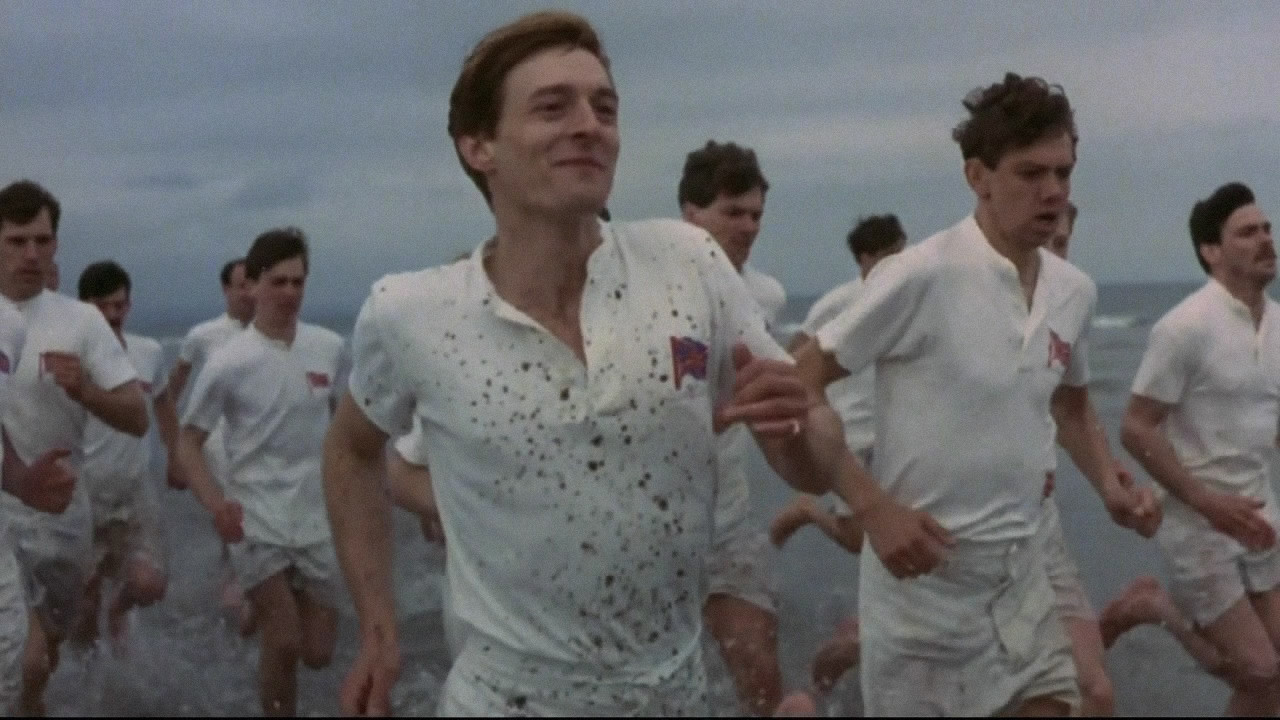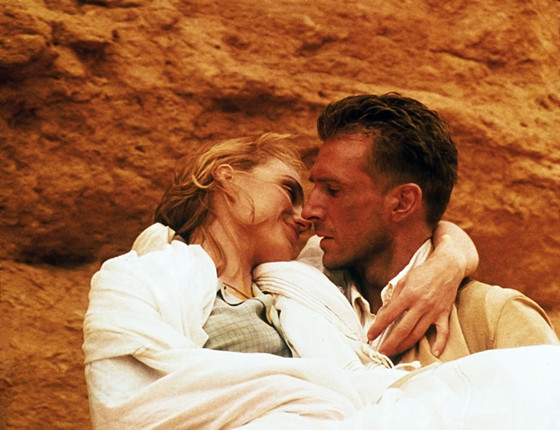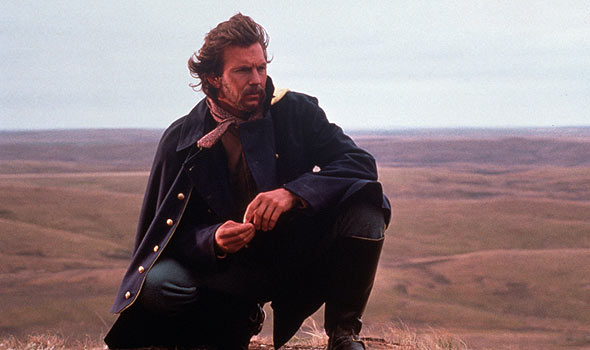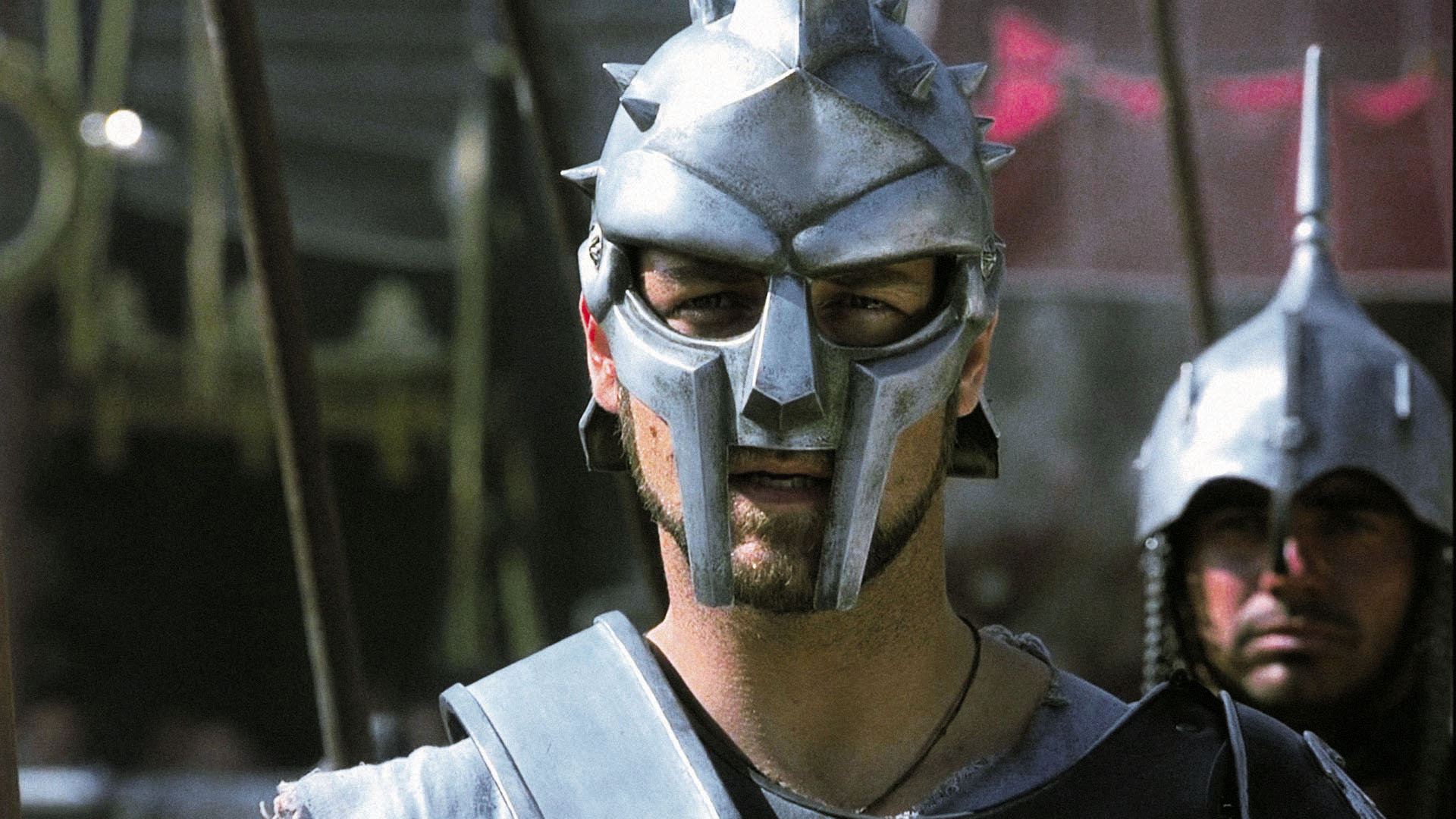
Oscar bait. We’ve all heard this phrase the last decade or two. With the dawning of the internet being a useful database for cinema, this popular term has reached new heights of familiarity. Do some people misuse these two words? Sure. A film that is successful at the Academy Awards is not necessarily reeking of Oscar Bait.
Moonlight, 2017’s Best Picture winner, is very contrary to what Best Picture winners usually are like. It’s an arthouse-influenced independent film that focuses on a marginalized community without going overboard in some sort of synthetic way. Even something like 12 Years a Slave or The Hurt Locker, which are rather conventional in form and share some go-to aesthetic choices to evoke emotion, are quite honest in their structure.
Oscar bait films, however, feel more dishonest with how they play their audiences like puppets on a string. The music is over the top. The subject matter is typical. The structure is formulaic.
These are films that are like chicken fingers: you can’t go wrong with them because they are as basic as a recipe can be. They’re universally tolerated at the very least. Well, when it comes to the top prize, here are ten examples where the easy-road-to-success worked a little too well. Here are ten Oscar bait movies that succeeded.
10. Chariots of Fire

Yes, this sports story has gorgeous (now nostalgic) music, and groundbreaking uses of slow motion. However, Chariots of Fire has not aged as well as some other best picture winners have. It was up against the crime romance Atlantic City, the family drama On Golden Pond, the political epic Reds, and Raiders of the Lost Ark (which needs no introduction).
Chariots of Fire is the safest pick of the five, because it feels the least risky in terms of story. As an artistic film, we are pulled in so quickly because Chariots of Fire truly is stunning to experience. Once we dig deeper, though, the film is super conventional and light (perhaps to allow the visuals and sounds to take a hold on us). Maybe Reds would have been the stronger winner in hindsight, but Chariots of Fire is at least euphoric.
9. The English Patient

Everyone was obsessed with The English Patient when it first came out. Why wouldn’t we be? Its epic romance mixed with the stunning desert visuals and cathartic tales are enough to warm and melt our hearts.
In retrospect, the film tries to be bigger than it actually is. It won against the sports drama Jerry Maguire, the multi-plotted Secrets & Lies, the Australian biopic Shine, and the exhilarating and hilarious Fargo. Fargo seems like the best film to be nominated decades later, and Secrets & Lies is the dark horse that maybe many of us would now root for.
The English Patient was deceptively grandiose in comparison, though, and with all of its technical achievements and star power, it makes sense as to why it beat out its competition back then. Now, we may all be like Elaine from Seinfeld, and think that it really isn’t THAT good.
8. Dances with Wolves

One of the better films to appear on this list, Dances with Wolves really isn’t that bad. It might feel a bit tired now because it is a highly familiar story now, but that’s likely because many filmmakers have tried to recreate this tale. Plus, it is arguably better than the poorly-aged Ghost, the mental drama Awakenings, and even the disappointing third Godfather film. However, this entry can prove that the year was mostly dictated by Oscar-bait flicks.
It also shows that one of these films beat Goodfellas, which may seem like a regular film now, but was quite ruthless for its time (and, breaking news, Goodfellas still holds up as a gangster classic). Out of all of the Oscar-bait films to crowd the nominees that year, Dances with Wolves is definitely the most harmless. It’s still a film touched by Oscar-bait means that won, though.
7. Gladiator

Gladiator was every young kid’s favourite film back in the day (or it sure seemed that way). It is such an epic story of redemption, with blood, guts, and glory spewing from every corner of the screen for hours. We remember the music, the golden visuals, and the “are you not entertained?” line. Let’s look back, though. It beat Chocolat and Erin Brokovich, which were also built to win awards (but failed in this instance).
However, it beat the exquisite Crouching Tiger, Hidden Dragon, and the masterful Traffic (which should have won the award; after all, Steven Soderbergh won for best director for this very film). Watching Gladiator in 2018 feels very different. Not much of it has aged all too well outside of its performances (and the music; let’s never forget that score). Gladiator is still glorious, but it’s perhaps trying too hard to be that way in order to cover up its glacial moments.
6. The King’s Speech

The only film on this list to be from the “up to ten nominees” eras of the Academy Awards, The King’s Speech was riding a huge wave of popularity that allowed it to crush its competition. Let’s look at that list of nominees again.
We have 127 Hours, Black Swan, The Fighter, Inception, The Kids are Alright, The Social Network, Toy Story 3, True Grit, and Winter’s Bone. Yep. The King’s Speech may very well be the safest film on that list (yes, even moreso than The Fighter and Toy Story 3, let’s not forget that scene where the toys are in a hell of their own).
There’s a charming story of King George VI overcoming a stammer in order to assume his position as a leader of a nation during a troublesome time. In fact, The King’s Speech is at least a decent film. Yet, the Academy could have gone with a gutsier film that took risks, especially during such a strong year. One final note. There’s a reason why The Social Network was on its way to win, and The King’s Speech swooped down and won in its place. That’s right. That’s how Oscar baiting gets us all.